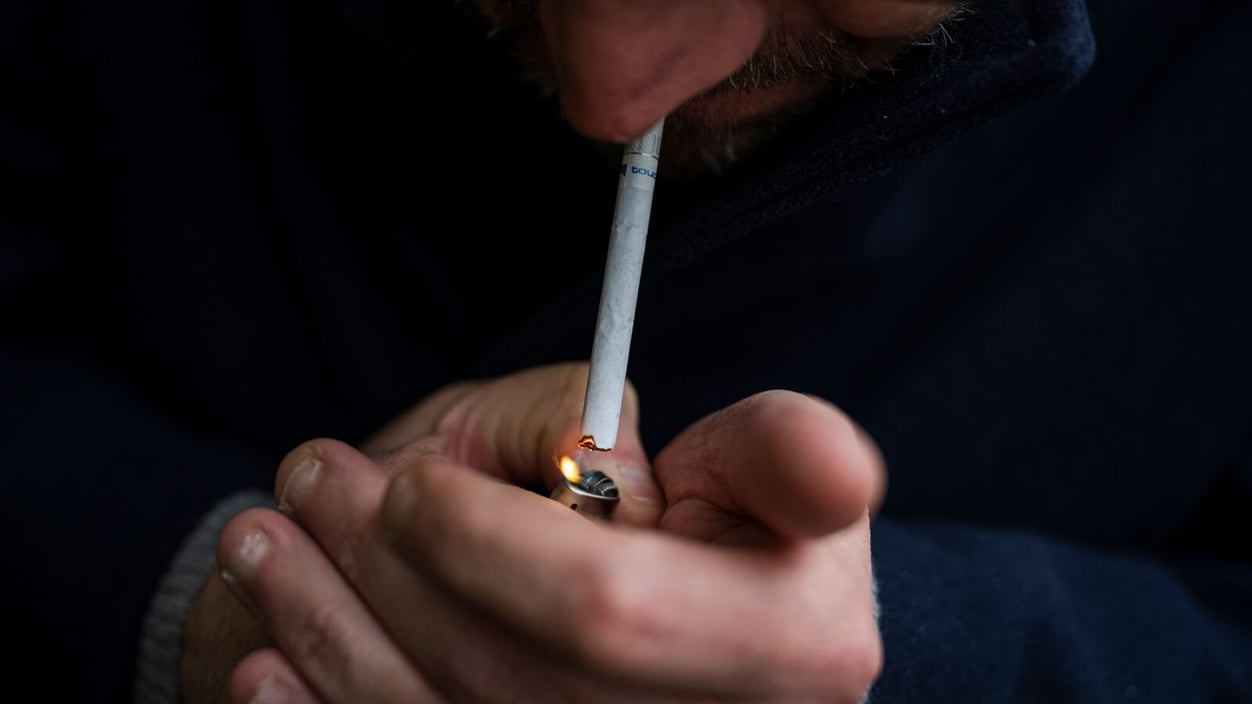public health
How to safely mythbust nicotine and cancer

JONATHAN NACKSTRAND/AFP via Getty Images
A majority of people in the U.S. believe that nicotine is the substance in cigarettes that causes cancer — and that majority is wrong. It’s the burning itself that does it. When cigarettes were the main way that people consumed nicotine, this conflation wasn’t a big deal. But now, there are a litany of smoke-free options like e-cigarettes and nicotine pouches that carry fewer risks than an old-fashioned cigarette.
This leaves public health and addiction experts with the problem of how to correct the narrative. They want people who smoke to know that switching to smoke-free products could benefit their health, without going so far as to encourage people who aren’t already using tobacco products to pick up a Zyn habit. Read more from STAT’s Sarah Todd on how experts are navigating this dilemma, and what solutions they’ve come up with so far.
health
Good news/bad news on latest U.S. death rates
The good news: Covid-19 fell out of the top 10 causes of death last year, according to national data released today. And the overall mortality rate in the country declined to its lowest level since 2020.
But there’s some bad news too: Deaths from heart disease and cancer — which maintained their ranks as the leading causes of death — actually rose in 2024 compared to 2023. Read more from STAT’s Liz Cooney on what the numbers tell us.
chronic health
Food insecurity x long Covid
While Covid-19 is no longer a leading cause of death in the U.S., long Covid is still estimated to affect about 6% to 7% of all adults globally. (“Long Covid feels like a gun to my head,” one researcher wrote in a First Opinion essay last year.) A new study sheds light on a potential socioeconomic factor for the condition, broadly defined as persistent symptoms three months or longer after infection. Researchers found that people dealing with food insecurity were more likely to report long-lasting symptoms after Covid-19, and that participation in SNAP — along with some kind of employment — appeared to mitigate that association.
The results, published yesterday in JAMA Network Open, are based on a federal health survey of more than 21,600 adults. About 15% of respondents with food insecurity reported currently dealing with long Covid, compared to 7% of those with no problems accessing food. As the authors note, this association may be complicated. Food insecurity is associated with unemployment, which is associated with long Covid. Financial distress can also lead people to avoid or delay medical care. And those who struggle to get food can also end up consuming fewer important nutrients. But even as the Trump administration’s SNAP cuts begin to take effect, the study authors recommend expanding eligibility and simplifying enrollment.
what's the word
The ‘tin’ anniversary, currently being celebrated by …
By the answer to 4-down? That’s right. STAT has our very own limited edition weekly mini crossword. See if you can solve it.
